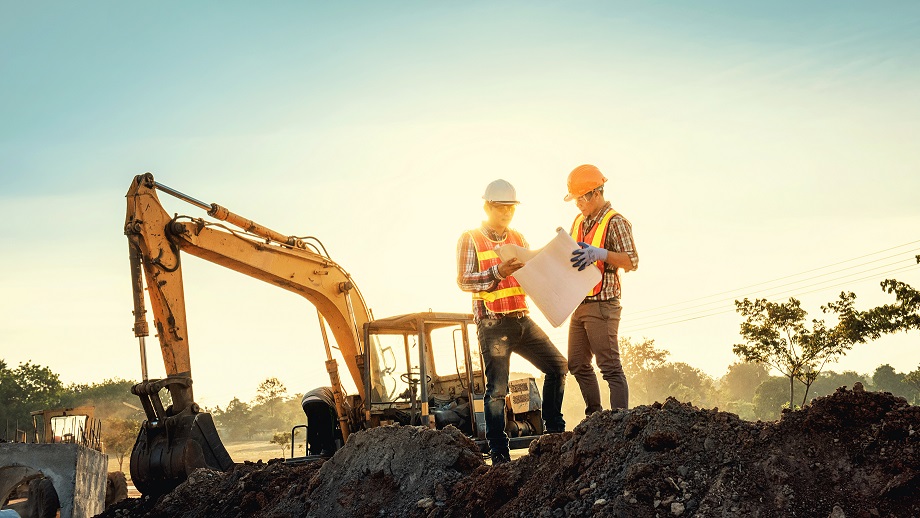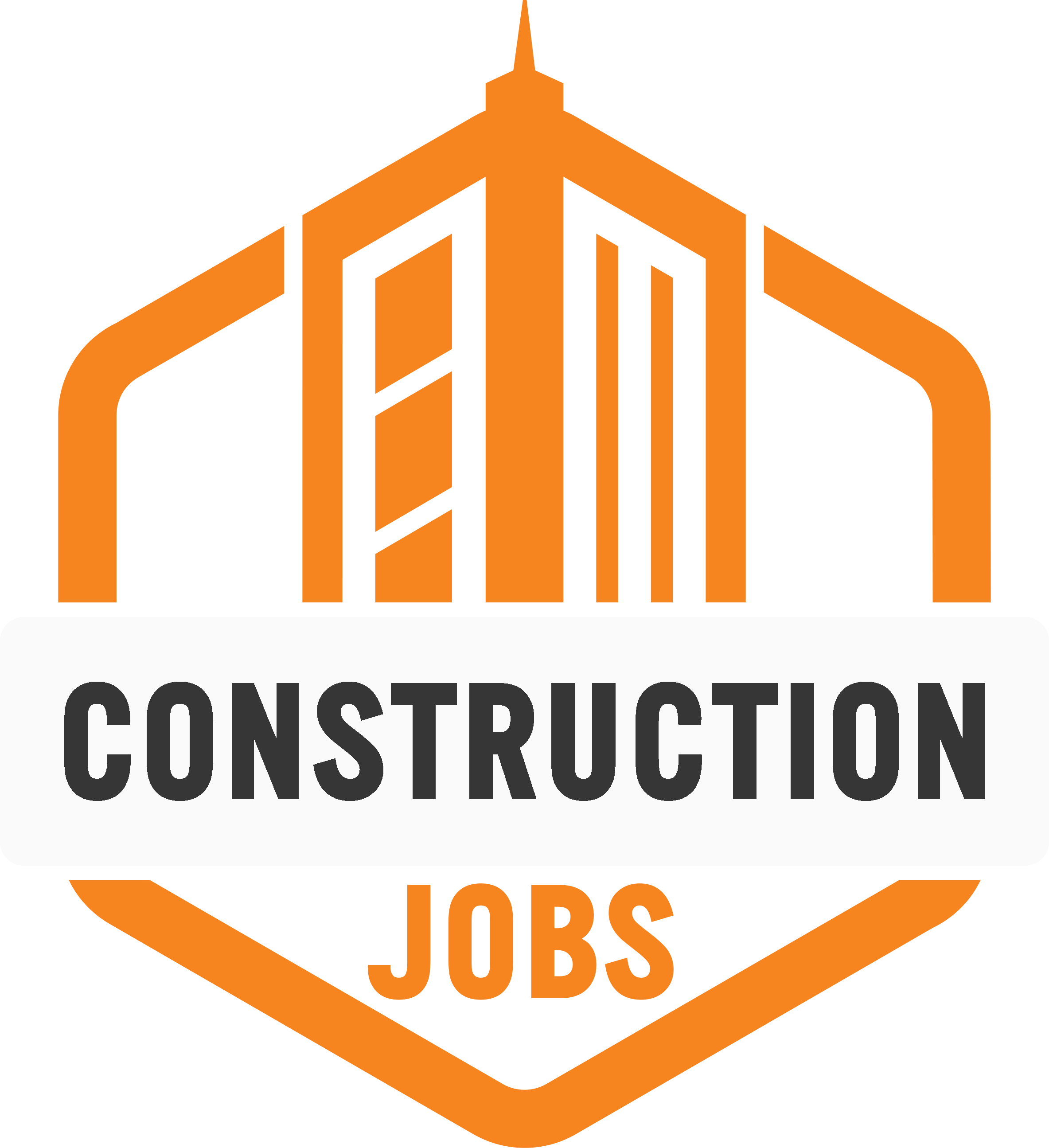The Importance of Improving Communication in Construction
Enhance construction safety and success with clear communication, active listening, tailored messages, and accessibility.

There are few places where communication is more important than in the construction industry. The ability to properly communicate is so important in this field, both to ensure that every job is completed exactly to plan and to guarantee that the people doing the work are safe and protected. If you are a manager in a construction organization, then you will find that proper communication can also make your teams happier and more productive.
Studies show that communication across many industries is so poor that 80% of workers feel stressed because of the lack of communication at their job and 63% are even prepared to quit because of their frustrations. However, leaders in the construction industry do not need to be a part of these poor statistics. In fact, by improving communication around the worksite, you could see your company thrive in ways you never thought possible. Let’s talk about how to improve communication on the job and why it matters.
Improve the Way You Communicate
To create an organization where everyone is on the same page, management and contractors need to think about how they communicate. Remember that it is not only about how you speak but also how you listen. If you tell an employee what to do but you don't take a moment to really listen to their concerns, then you have not accomplished anything meaningful. Once you ask a question, let them speak and don’t talk over them or they may think that you don’t really listen and may hesitate to come to you again.
This type of thoughtful back and forth must occur across your organization. Remember that just because someone speaks, it doesn't mean that everyone who needs to hear it will get the message, so a chain of command must be maintained. For instance, the project manager should tell the general contractors what they need to hear, so they can speak to the subcontractors, and they, in turn, can talk to their specific teams and it goes on from there. That way, everyone gets the information that they need and they aren’t bogged down by the details that don’t apply to their position.
When speaking in construction, it is important to recognize your audience. Keep complicated jargon to a minimum unless you know that your audience understands exactly what you mean. If you can alter your message so you can guarantee that your audience comprehends the information, then you will be better off and it will be less likely that you need to repeat yourself. Remember that these don’t have to be one-and-done conversations. It is a smart idea to follow up to ensure that your audience still understands the task at hand.
Create a Safe Environment
When it comes to worker safety on the job site, there is still a lot of work to be done. In 2019, there were more than 1000 work-related fatalities, and although that number has declined over the years, it is still too high, especially when proper communication can bring those figures down drastically. A lot of safety comprehension comes down to proper training. Construction workers should be continuously trained on how to work intelligently and safely, and wherever new equipment or a new process is introduced, every worker should be trained again.
The mistake that many trainers make is coaching a team without really ensuring that the audience understood and comprehended what was taught. That is why it is imperative that the safety policies you discuss are documented in writing and that each employee signs off on what they learned before they leave. Make and give them a copy so they can refer back to it when necessary. Not only will this improve their retention of the material, but your company will also be protected if an employee is hurt because they ignored what you taught them.
To really show that management cares about the wellbeing of their workforce, an open-door policy must be put in place that allows anyone who has safety questions or notices workplace threats has a chance to come forward and express their concerns. It should never be a struggle to find someone to speak to, and when they do speak, managers must practice active listening. Upon learning of an issue, management should take immediate action. Doing so will keep everyone safe and show that you are receptive to employee concerns.
Pick the Right Communication Method
In construction, it is often not about what you say but how you say it, and that doesn’t only apply to your tone. Sometimes, the spoken word is simply not enough to adequately convey a safety lesson or provide details for how to perform a job. When speaking to a new contractor or worker, ask for their preferred contact method. Sometimes, they don’t have access to their phone but they constantly check their email or they only have time to respond to short text messages. Wherever it is, communicate via their preferred method and ensure that they get all the required information.
When it comes to hazards around the workplace, a quick verbal reminder during the morning meeting is good but proper signage will keep the risks fresh in employees’ minds. All hazardous chemicals should be properly labeled, warnings should be placed near spills, and easily visible signage should be placed on all machinery and equipment that poses a risk.
A final key of good communication is ensuring that everyone has an equal chance to read and understand the information shared in meetings and on signs. It is essential to keep accessibility in mind and remember that not everyone is equal in their ability to see or comprehend standard signage, so create notifications with large font and Braille messaging, and provide voice-to-text communication options for those who have difficulty hearing. Also, remember your bilingual audience and ensure that their native language is represented.
Construction is one of the most important industries in our world, but to have confidence in the structures created and ensure the safety of those who build them, proper communication is a must. Try the tips mentioned above and your construction company will function on all cylinders.
Author: Amanda Winstead is a freelance writer in the construction industry
- Share This →

